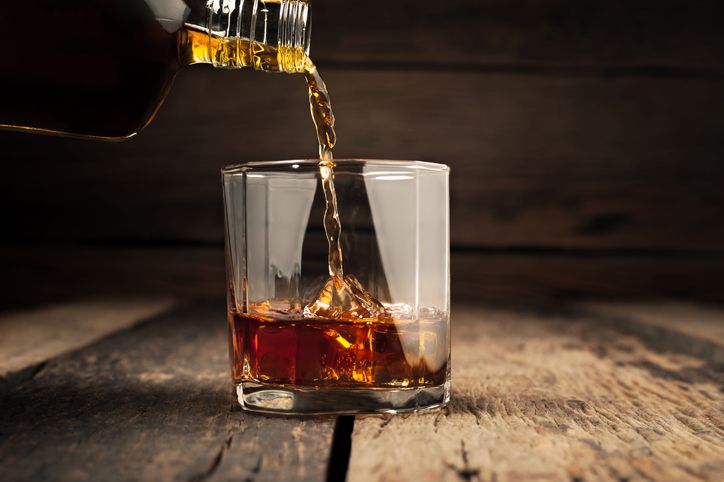
Unveiling the secrets of Blended Whisky: A comprehensive guide
Introduction to Blended Whisky: An Overview
Blended whisky, a term synonymous with “mixture,” is a beloved spirit that dominates the market. Despite its popularity, the unique origins and characteristics of this whisky type remain a mystery to many.
Blended whisky is a harmonious fusion of various distillates, each contributing to a distinct and unique flavor profile. This blend of flavors imparts a light, smooth taste, setting it apart from other whisky types and making it a favorite among whisky enthusiasts worldwide.
The Origin of Blended Whisky: A Deeper Dive
Blended whisky’s journey began in Scotland, where distillers sought to create a consistent, palatable product. The early whisky was often harsh, leading to experimentation with blending different types to improve flavor and consistency. This resulted in a balanced, smooth spirit that appealed to a broader audience.
The blending process required a deep understanding of each whisky’s characteristics. Master blenders played a crucial role, selecting and combining whiskies to create a blend that was greater than the sum of its parts. This innovation revolutionized the whisky industry, making the spirit more popular and widely consumed.
Today, blended whisky is celebrated for its complexity and balance, with each blend being a symphony of flavors. Despite the rise of single malts, blended whisky remains the most popular type of whisky worldwide, enjoyed by many from Scotland to France and beyond.

The Production Process of Blended Whisky
While blended whisky differs from single malt in terms of taste, their production processes are strikingly similar. This process is virtually the same for all types of alcohol. It starts with the careful selection of grains, which can be wheat, corn, or rye. The subsequent steps involve creating the mash, brewing, fermenting, and finally, bottling the alcoholic beverage. Here’s a detailed breakdown of each step:
- Moistening the barley grains: Barley is often the grain of choice. After selecting the best grains, they are moistened before malting.
- Malting: The most crucial part of malting is drying, which must be done correctly in a suitable oven. The grains are then brewed to obtain a sweet mash.
- Fermentation: After malting and brewing, yeast is added to the mash for fermentation. This step is vital in the production of any alcoholic beverage.
- Aging: Once fermentation is complete, the whisky is transferred to barrels for the final step – aging.
- Blending: After aging, several whiskies are blended to create the final product – the blended whisky.

Varieties of Blended Whisky
Scotland produces several varieties of blended whisky, which are now available worldwide. The difference between these varieties lies in their composition, which naturally impacts the flavor. Before choosing your blended whisky, don’t hesitate to read the label on the bottle to discover its composition. However, a bottle of blended whisky cannot bear the name of the distillery where it was made, as it can come from several different distilleries. Here are some of the varieties of blended whisky:
- Blended Grain Scotch Whisky: This variety is made from grains like wheat or corn.
- Blended Malt Scotch Whisky: This type of blended whisky is made from several single malts from different distilleries, all made from barley grains.
- Blended Scotch Whisky: This type of whisky is a blend of Blended Malt Scotch Whisky and Blended Grain Scotch Whisky.

How to Enjoy Blended Whisky
Blended whisky can be enjoyed on its own or mixed with other beverages, alcoholic or otherwise. It can be mixed with a lighter whisky to soften its notes or combined with a fizzy drink to create a delicious cocktail. If you prefer it neat but a little less strong, the trick is to add ice cubes. This dilutes the whisky while keeping it cool.
Blended whisky is perfect for serving at parties, accompanied by aplate of dry fruits like pistachios, almonds, or peanuts. You can also enjoy your glass of blended whisky while munching on a packet of chips. However, it’s not the best alcoholic beverage to serve during meals or with dessert, as it’s already quite sweet. This iconic drink is ideal to serve after a meal or at the end of an evening to relax your guests and tantalize their taste buds.
